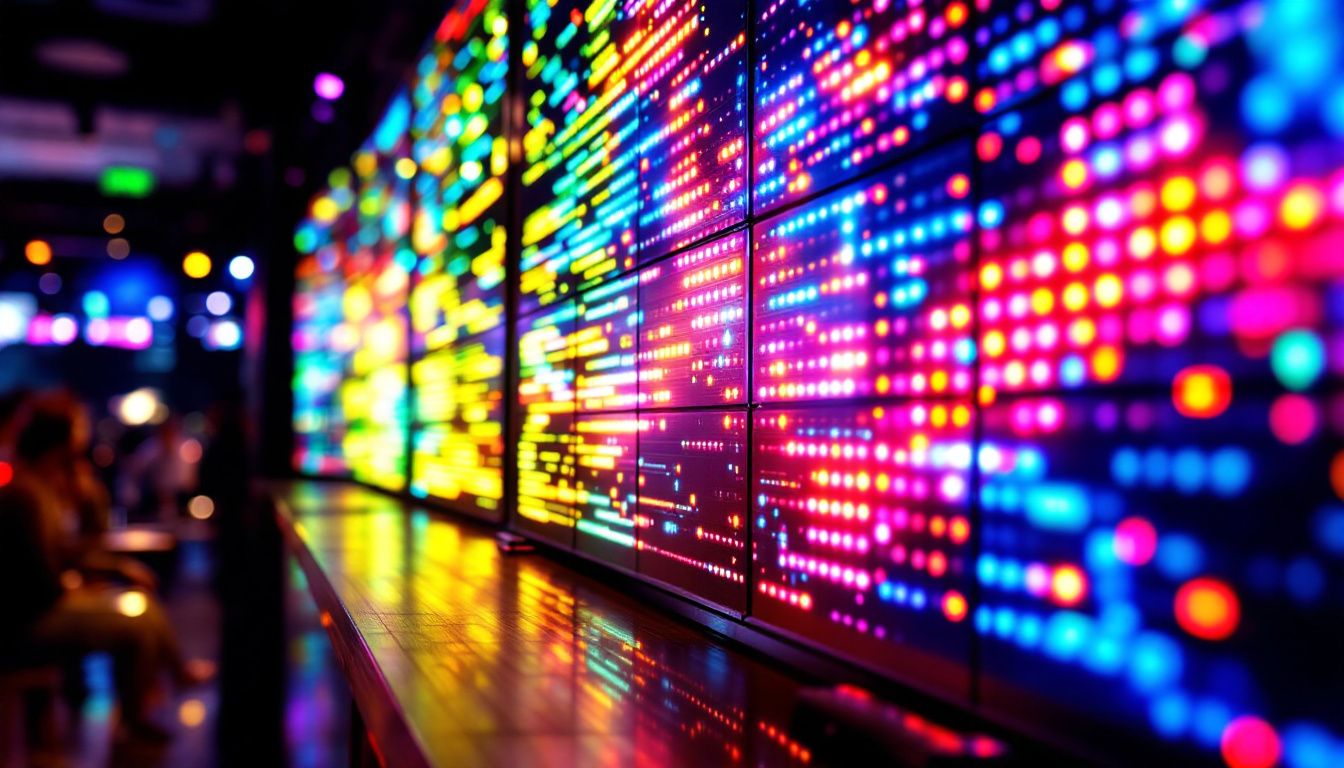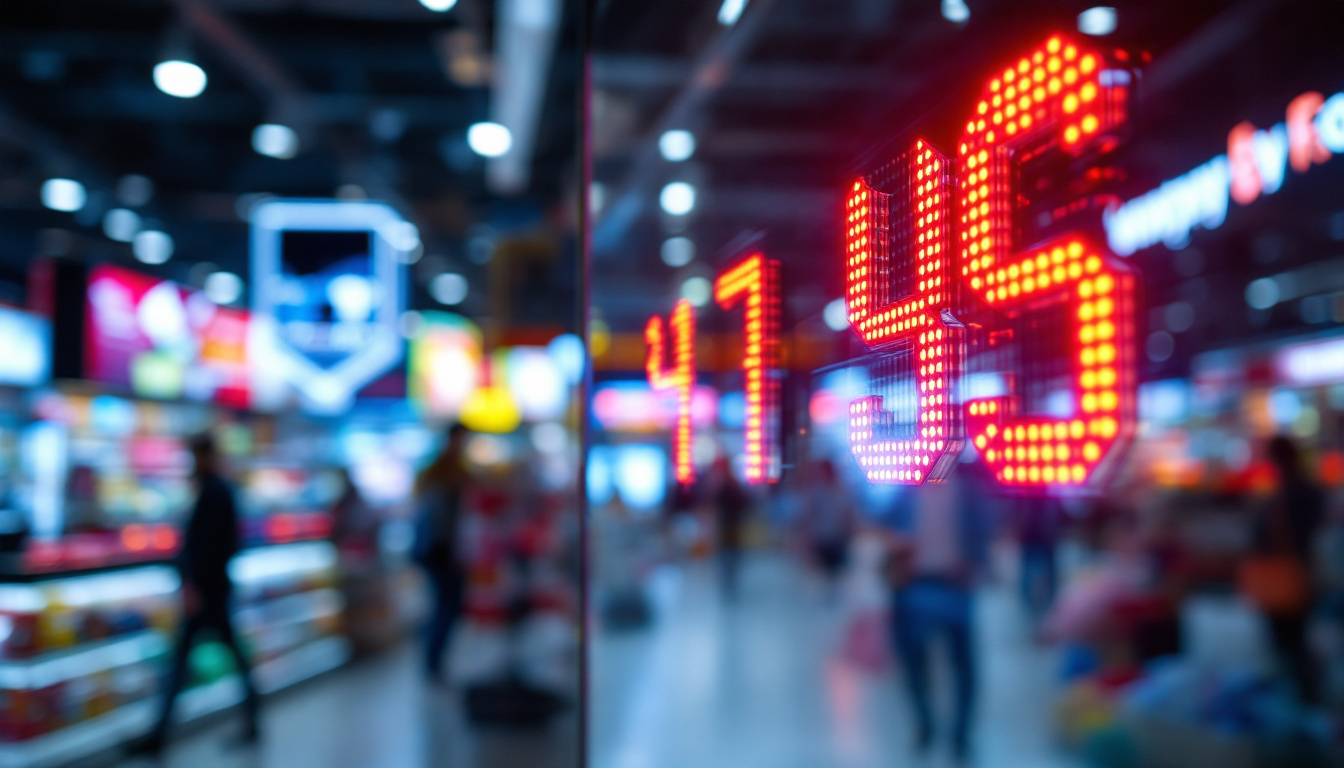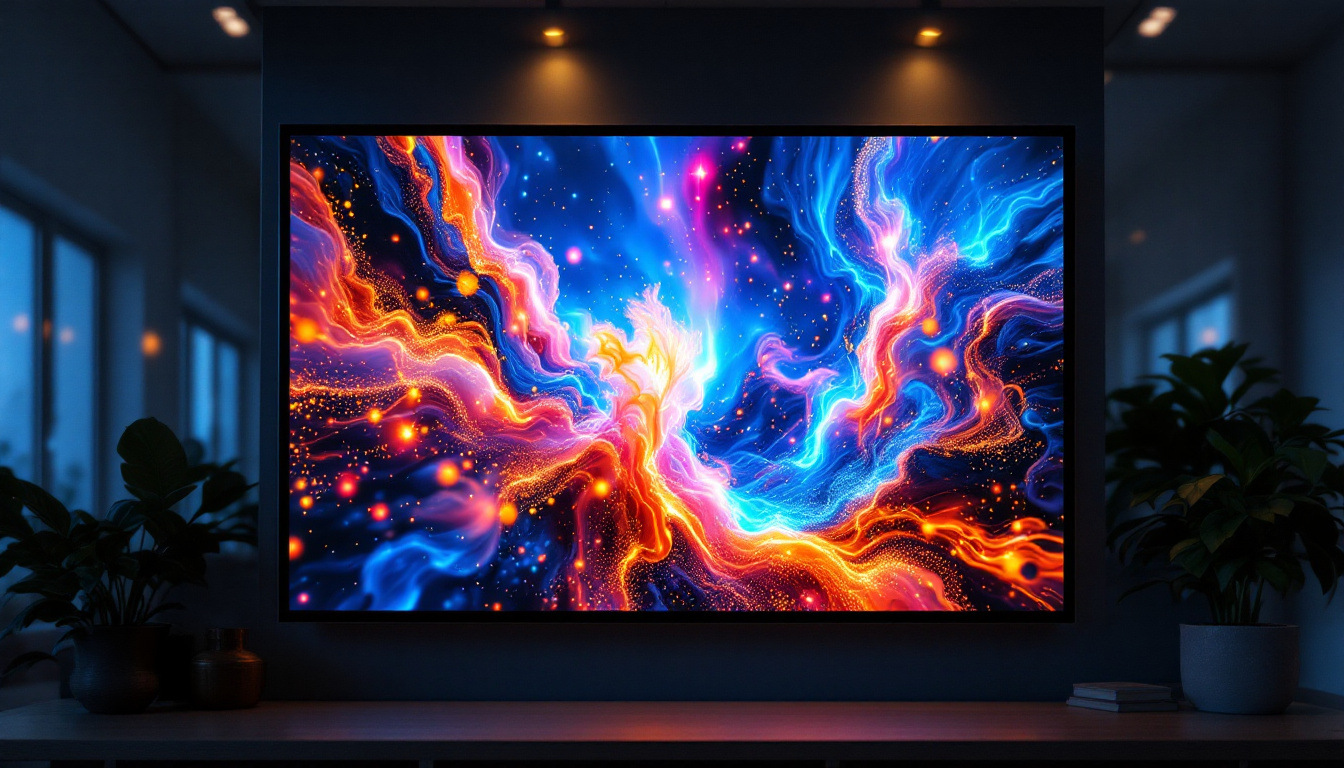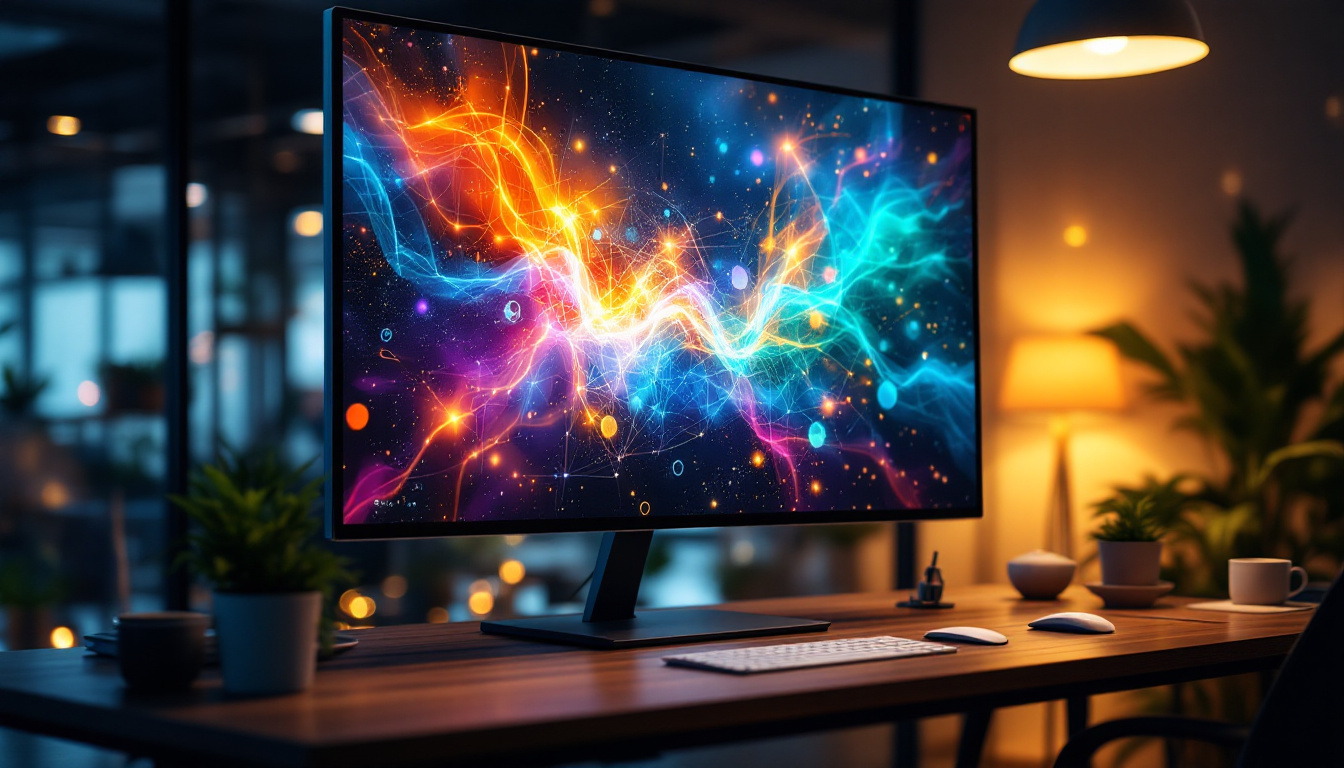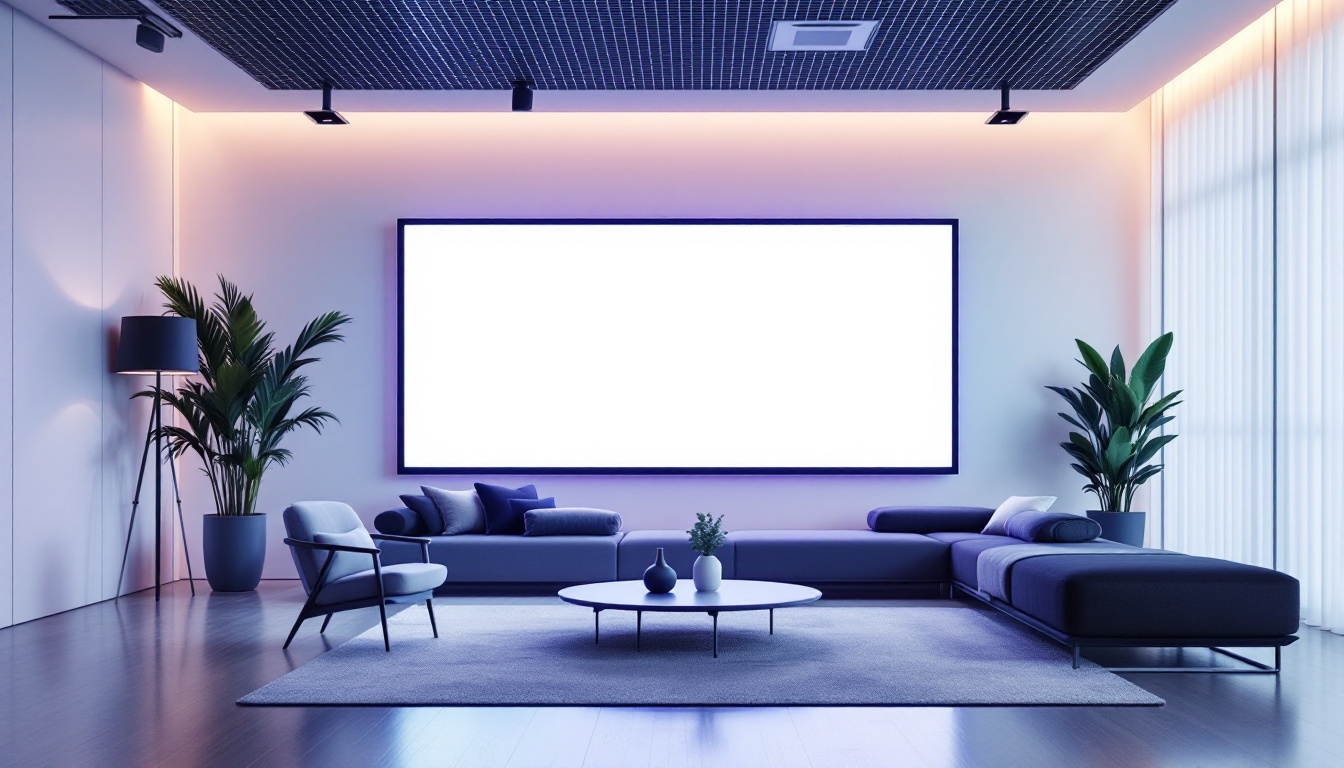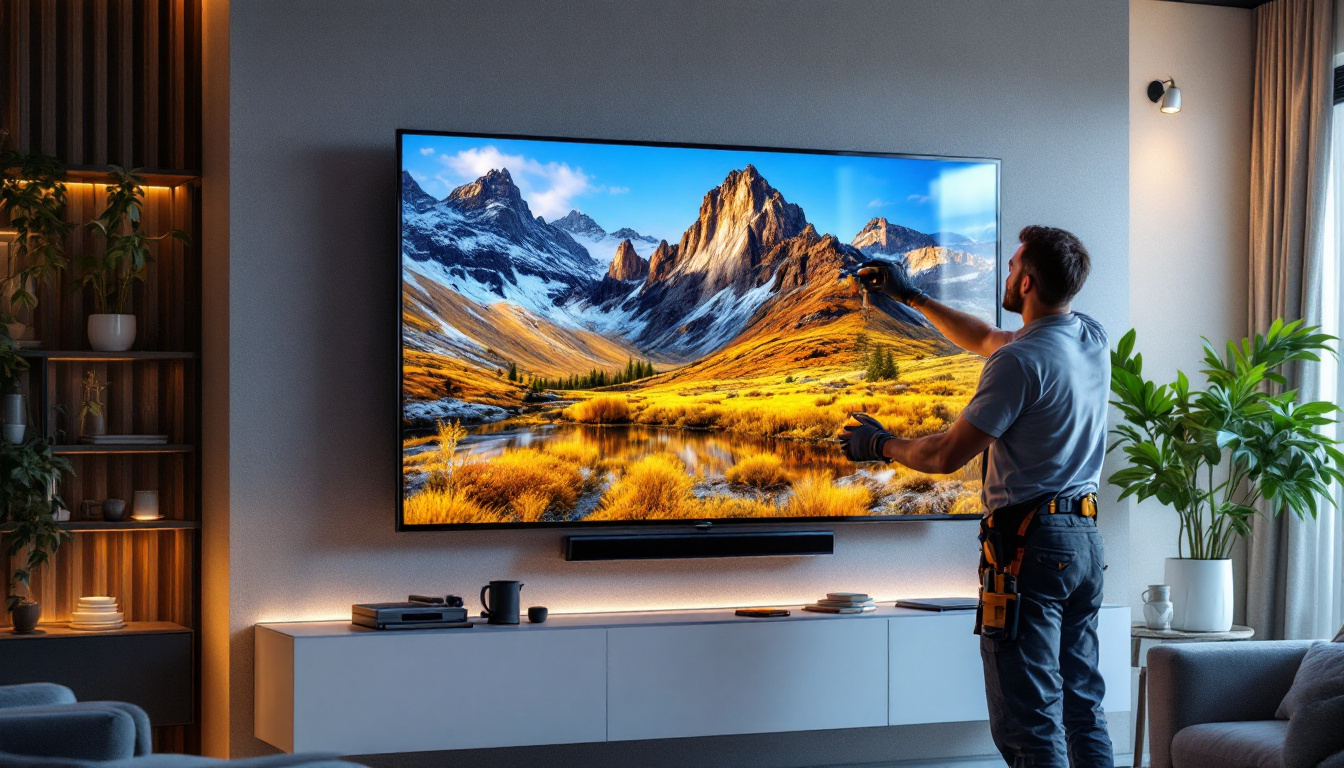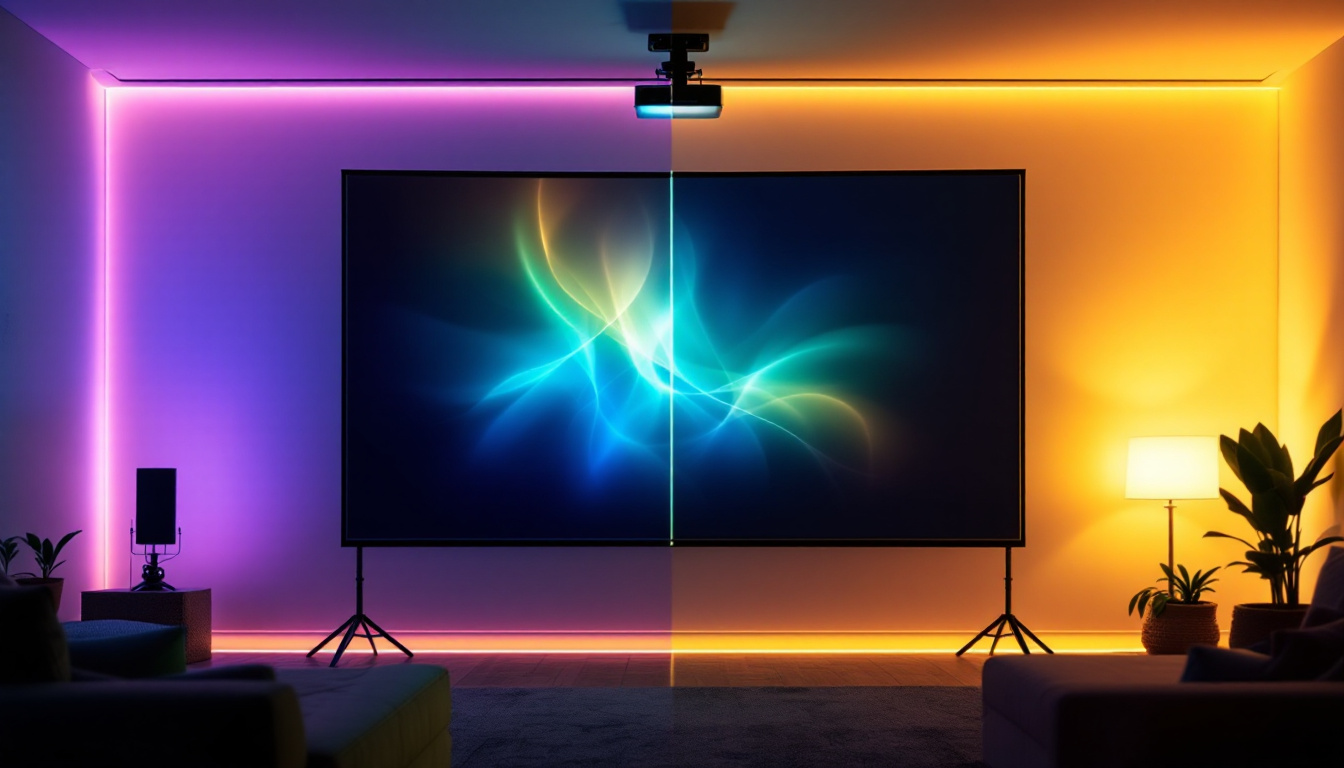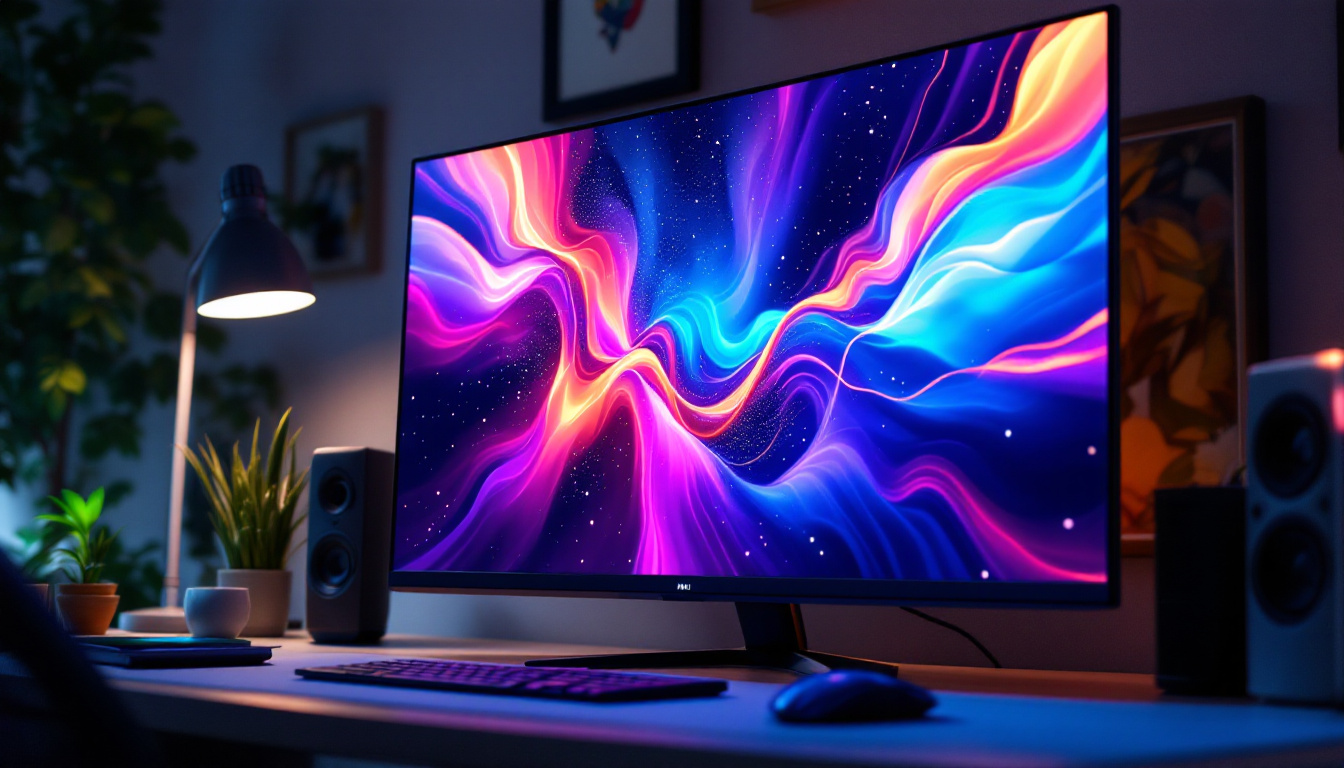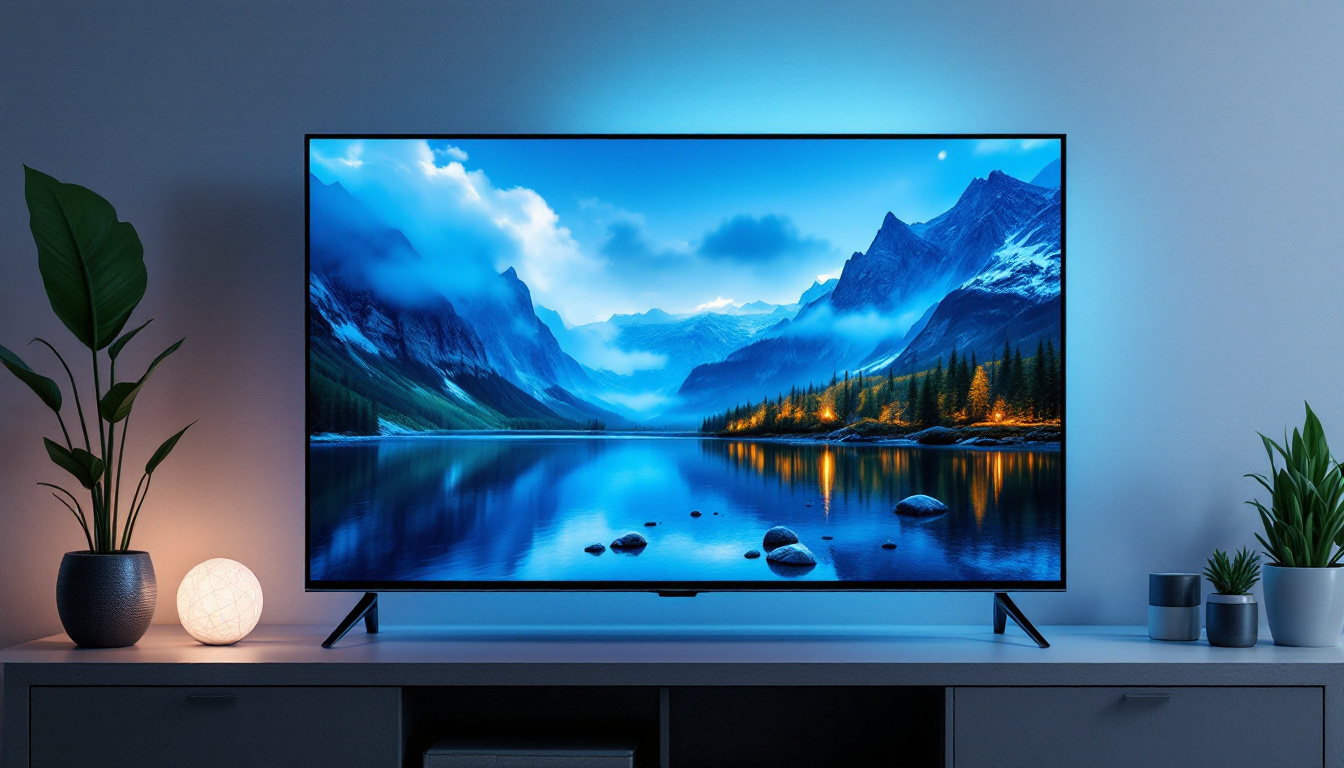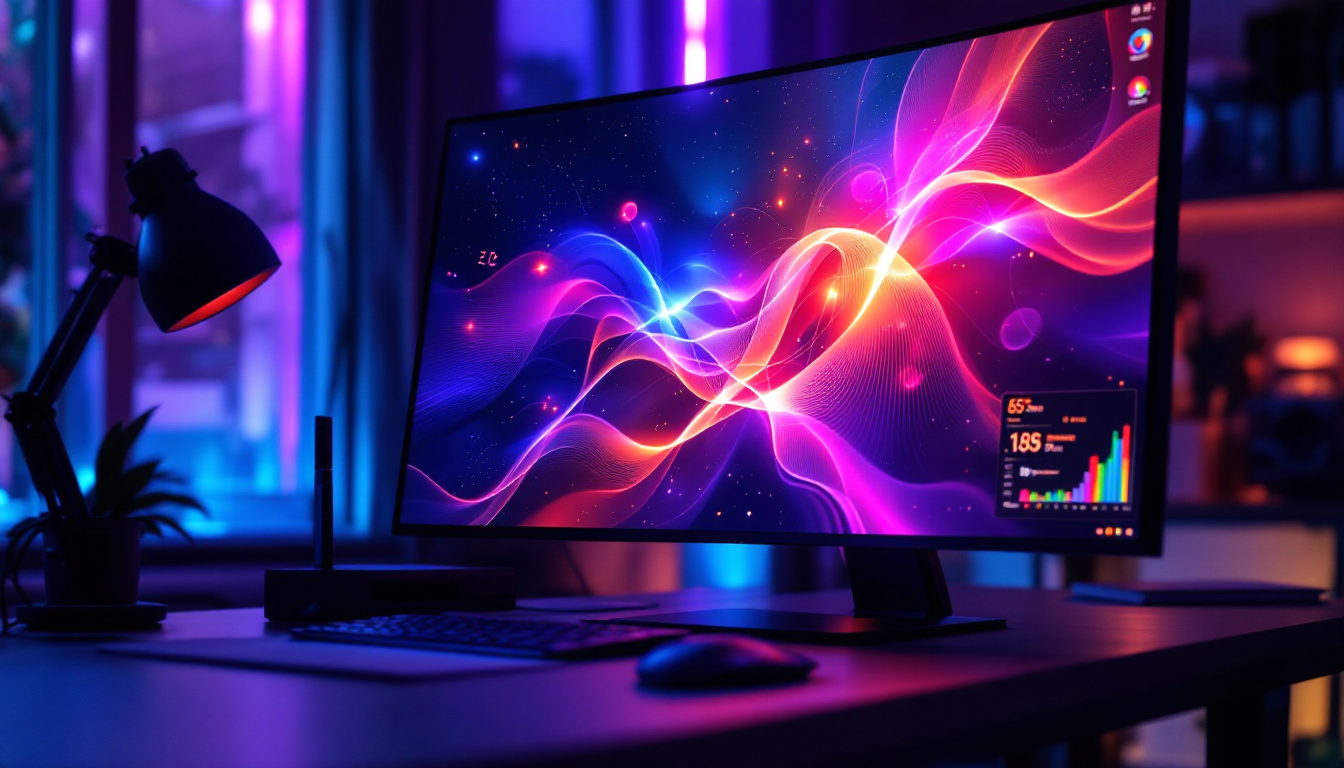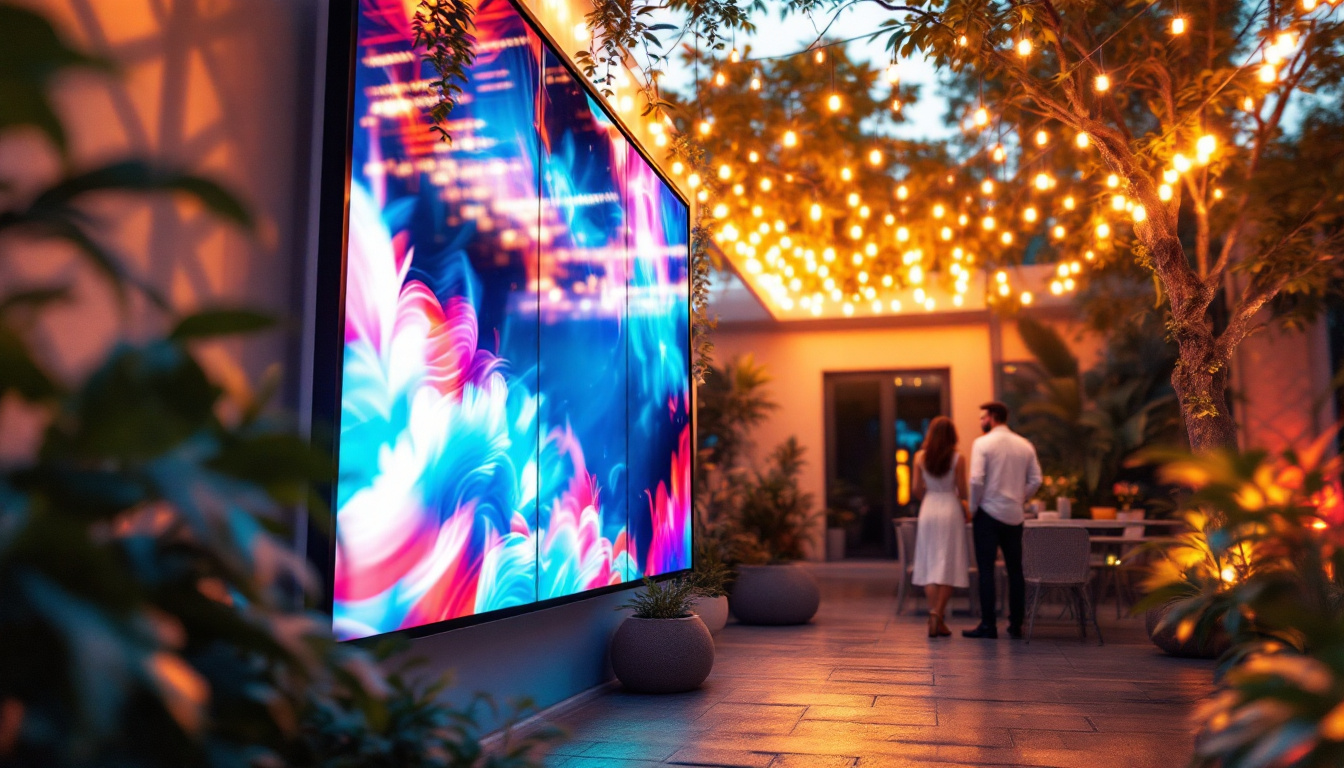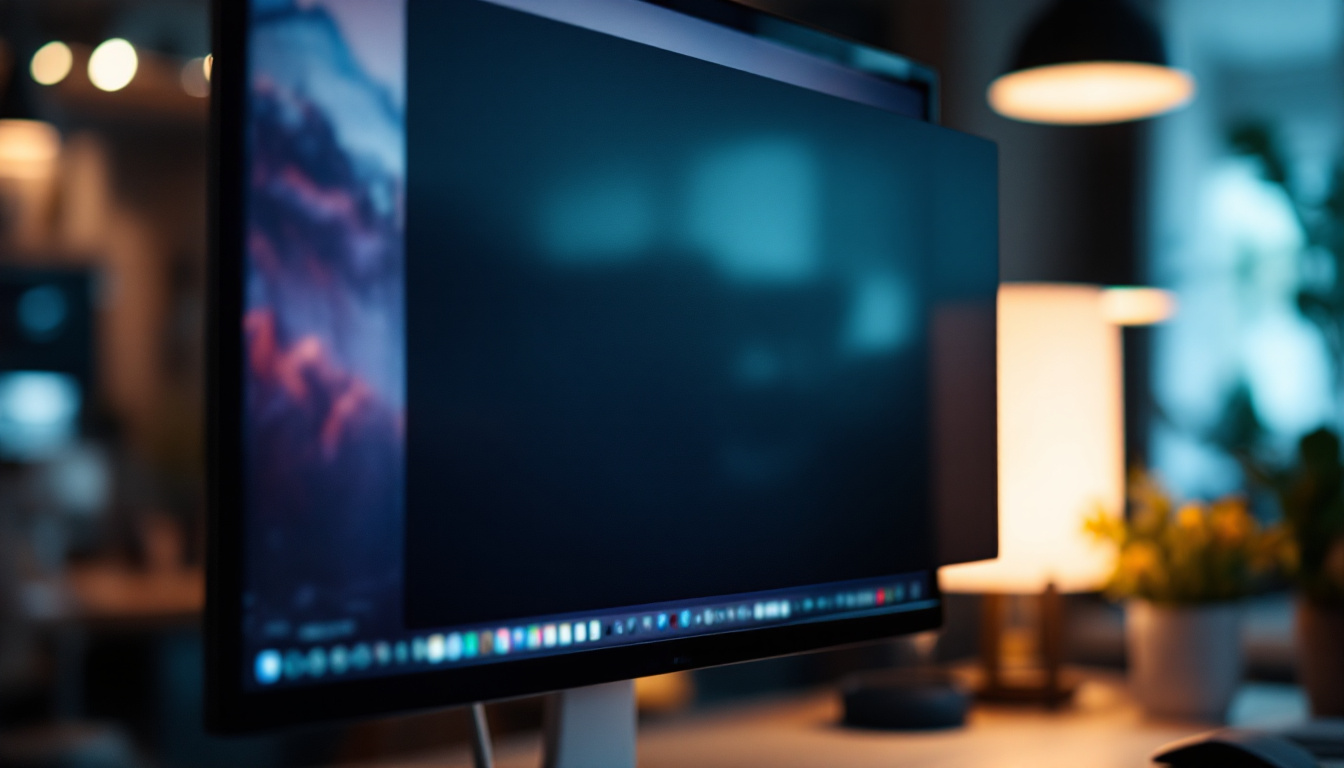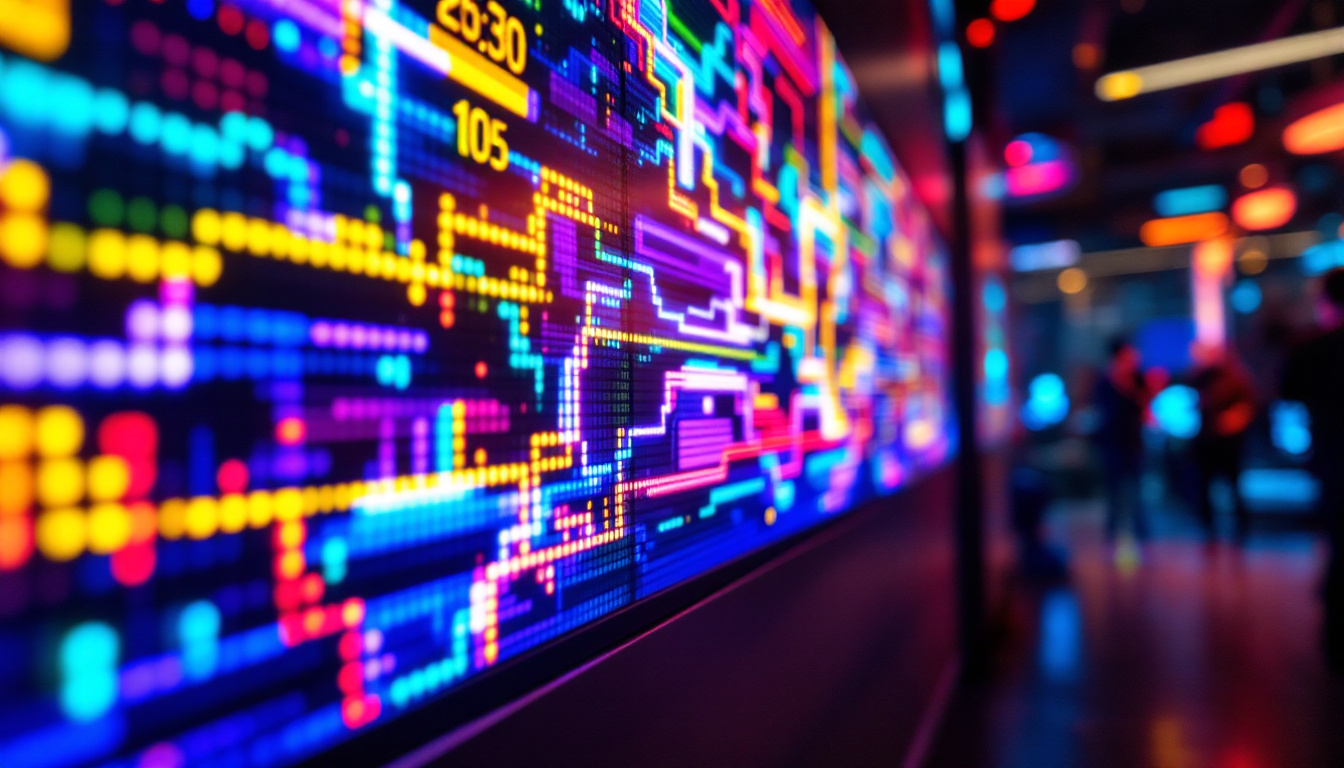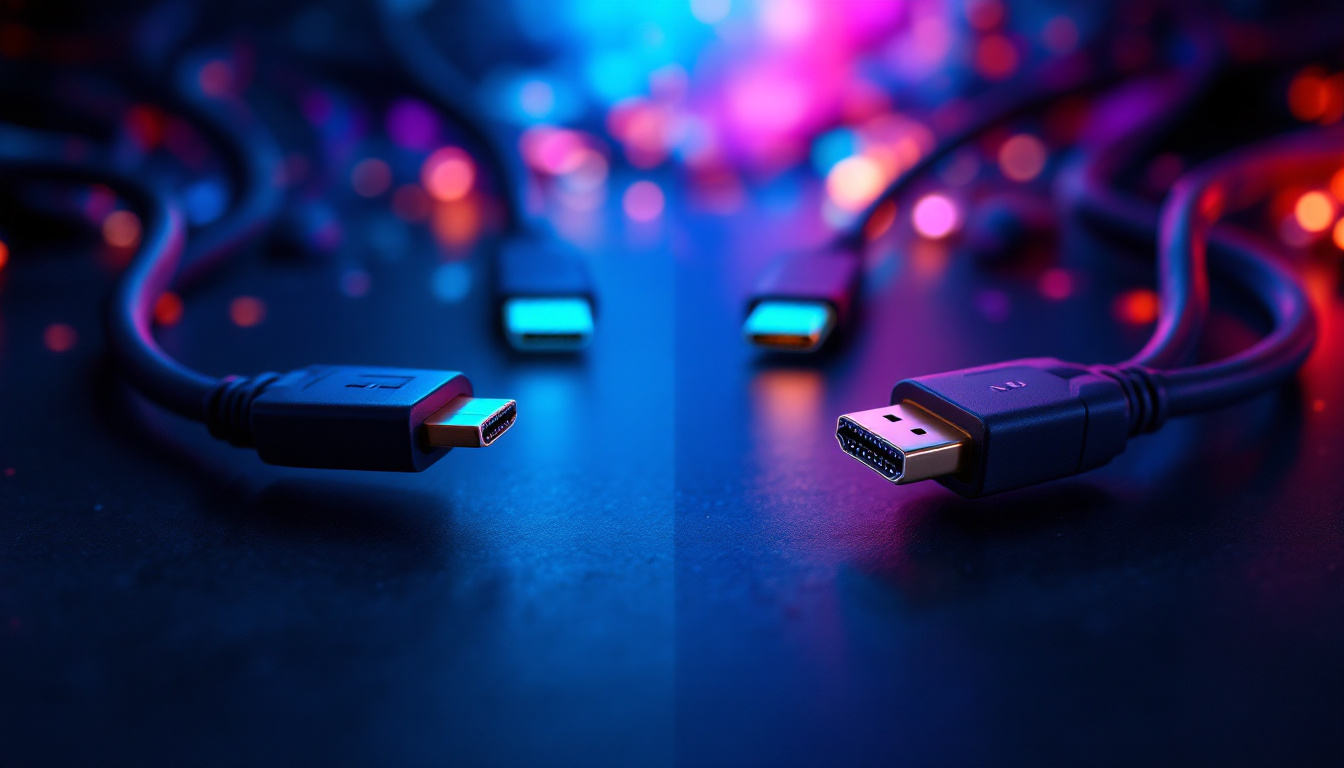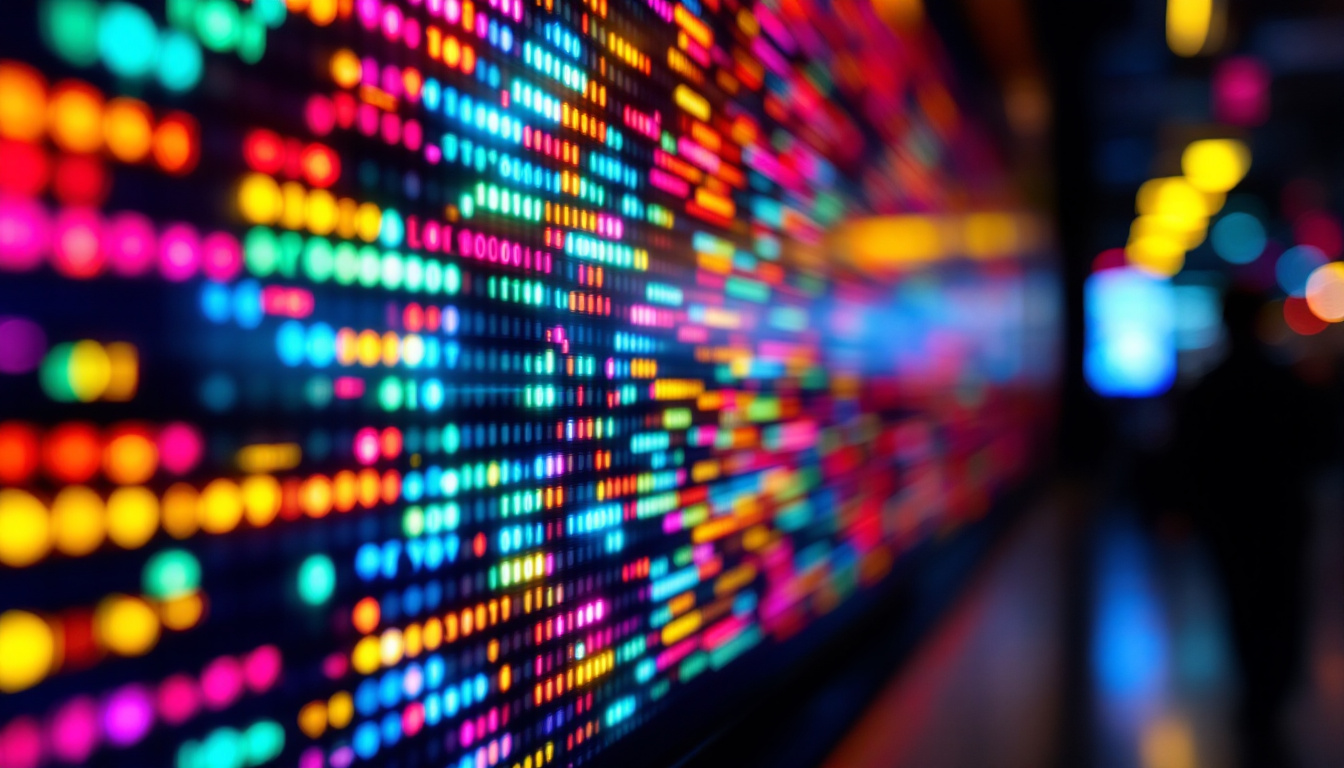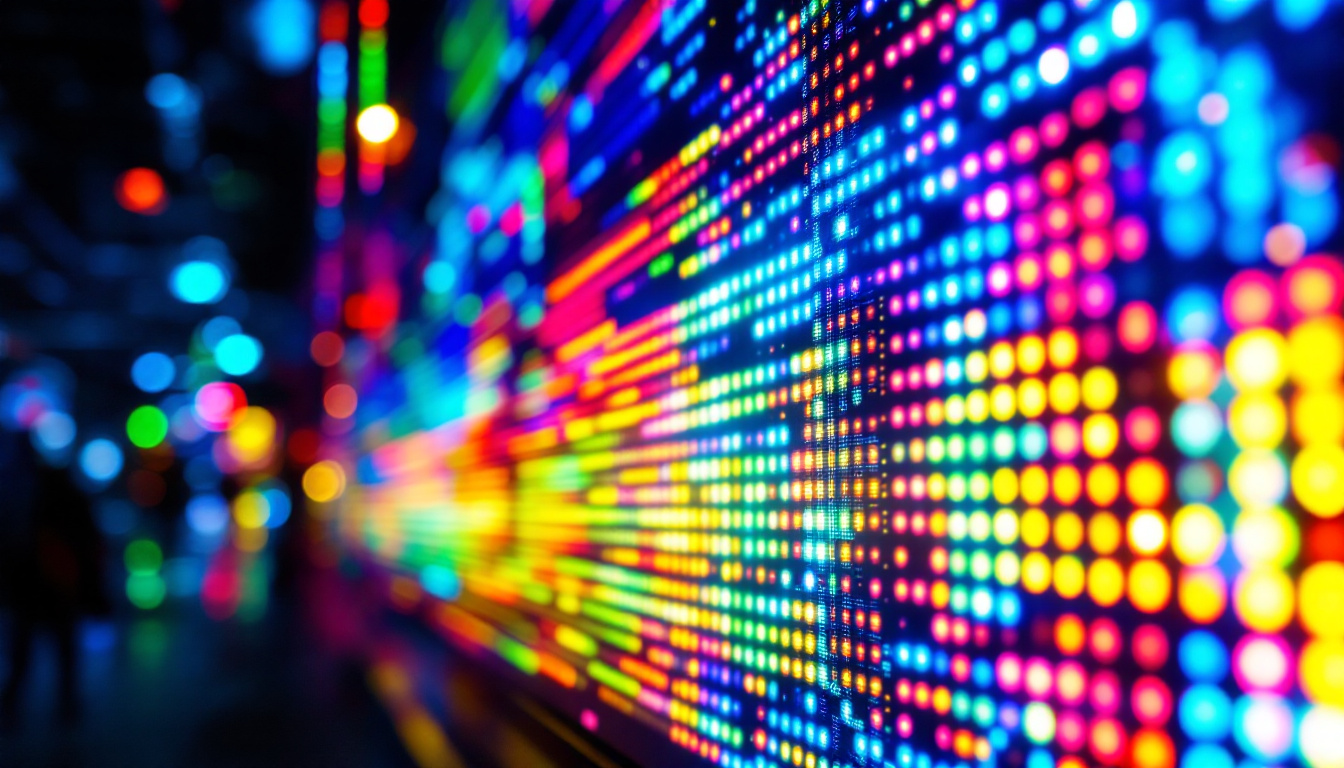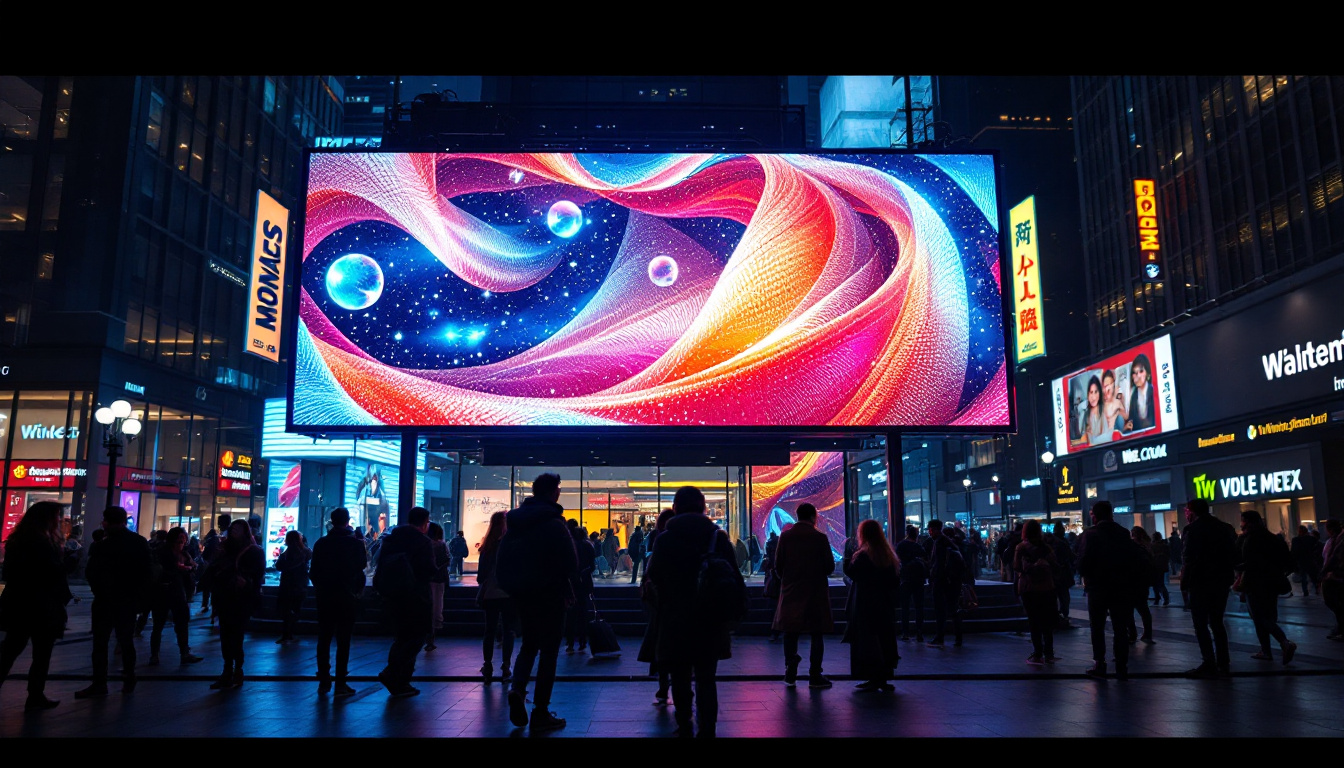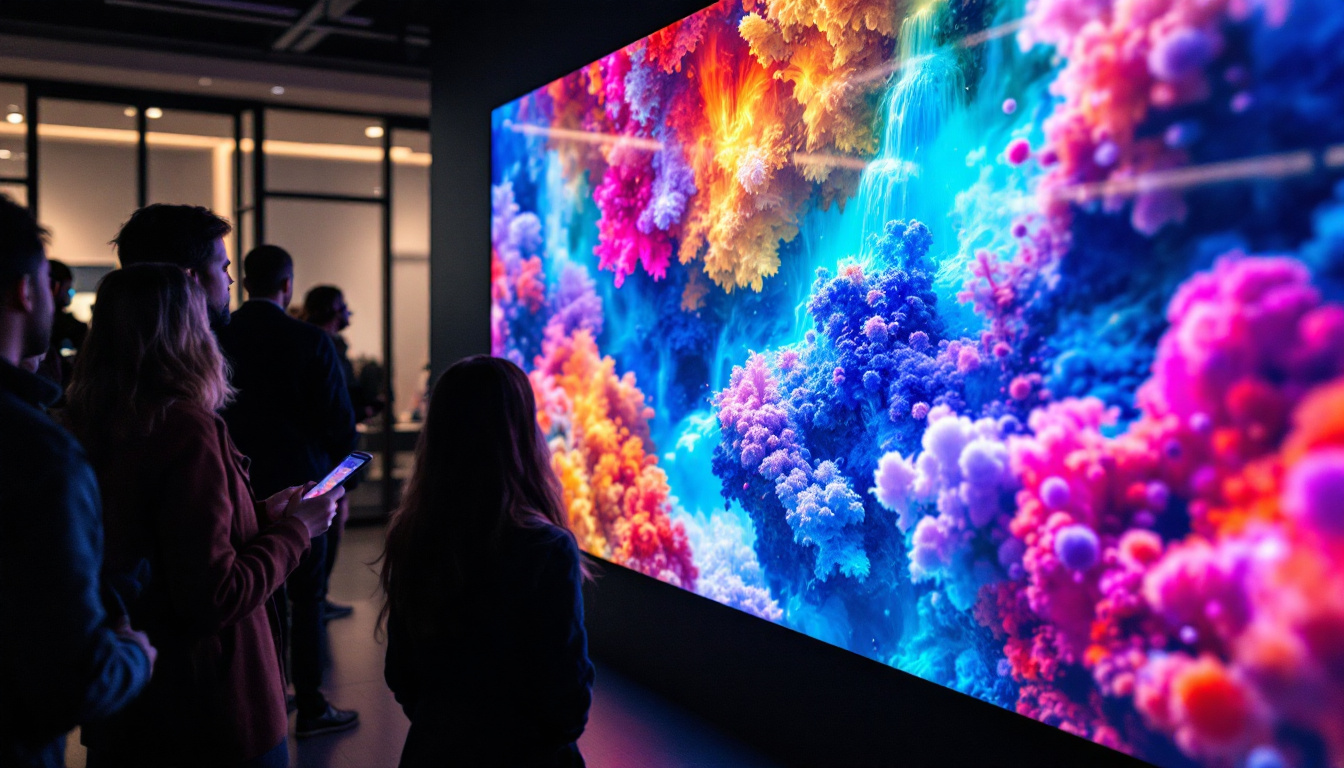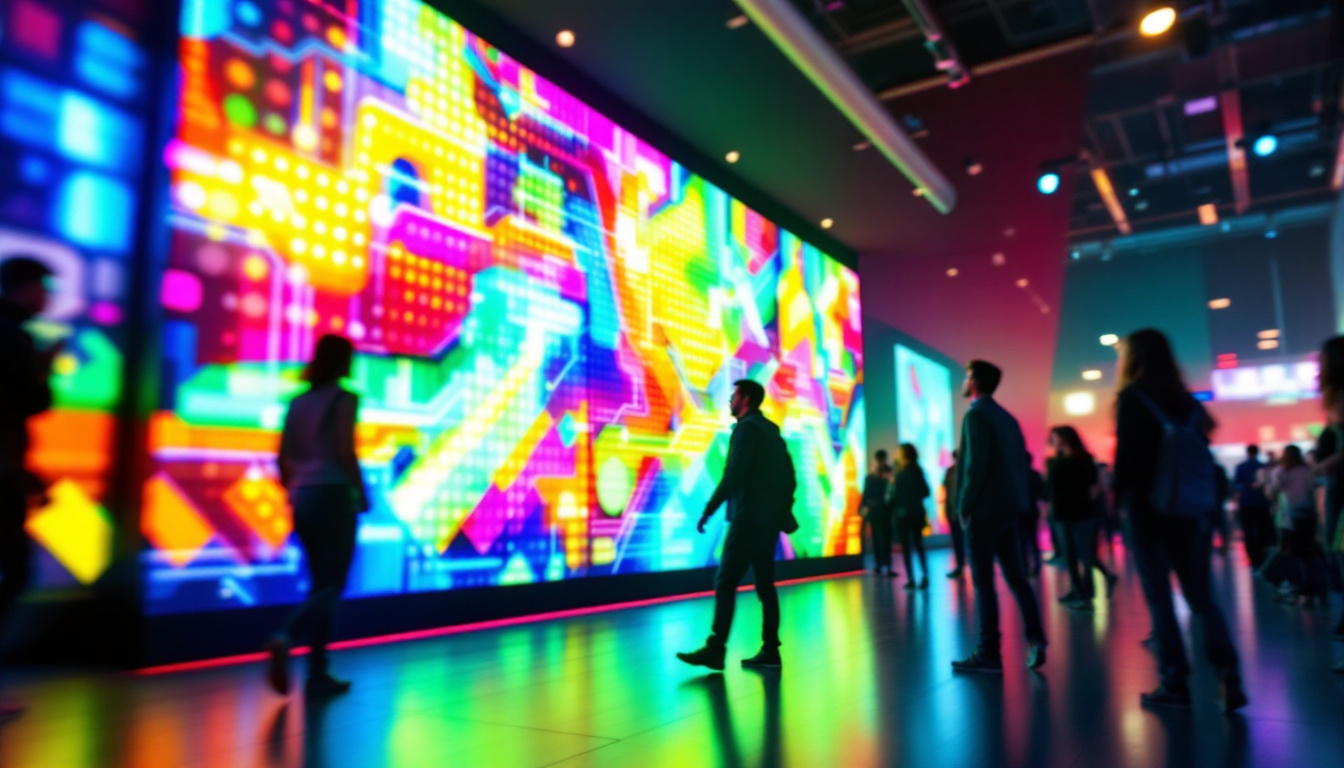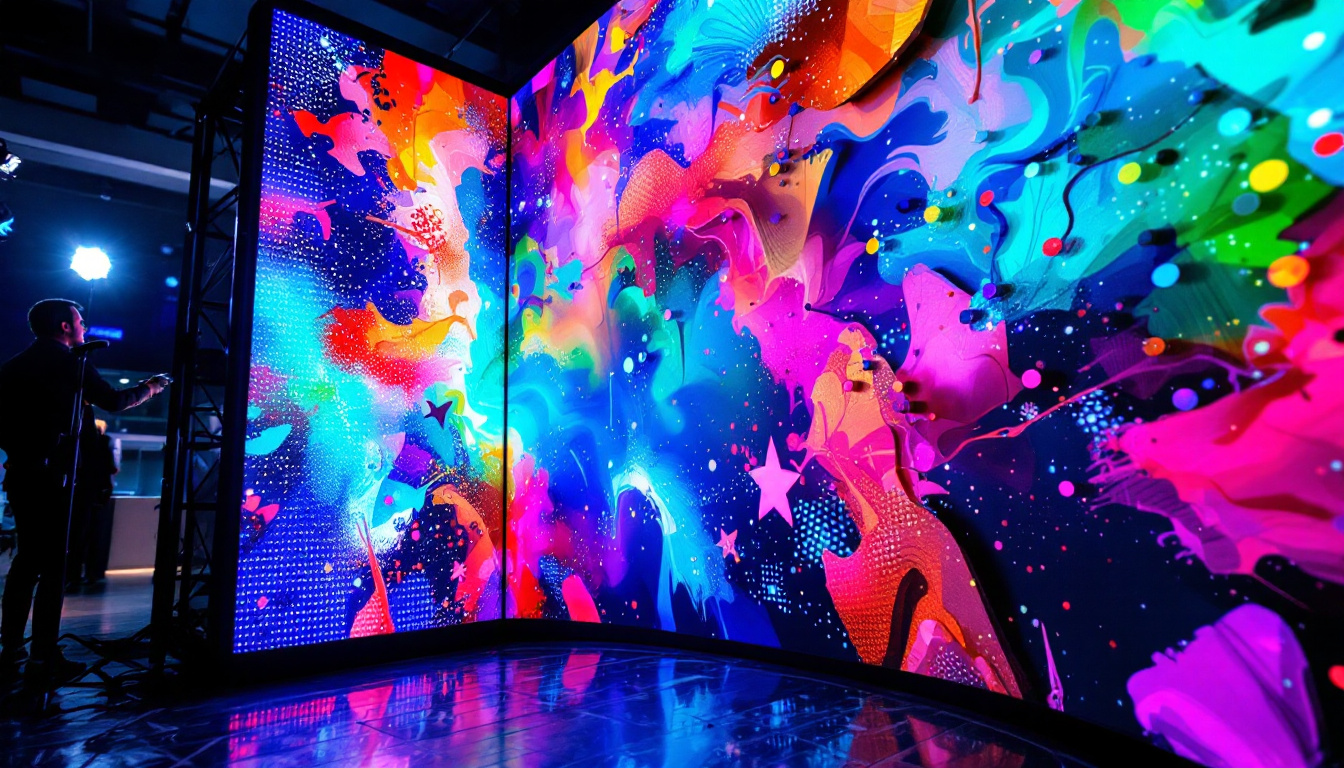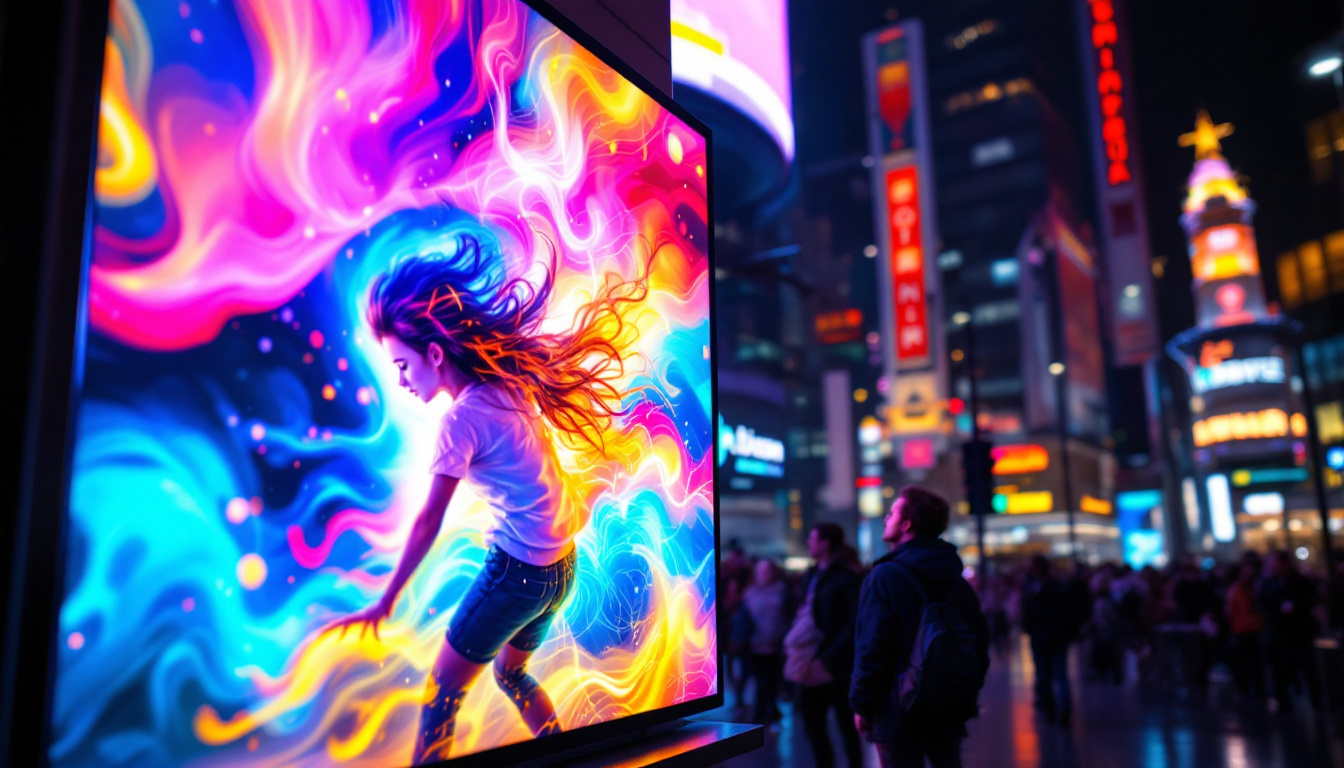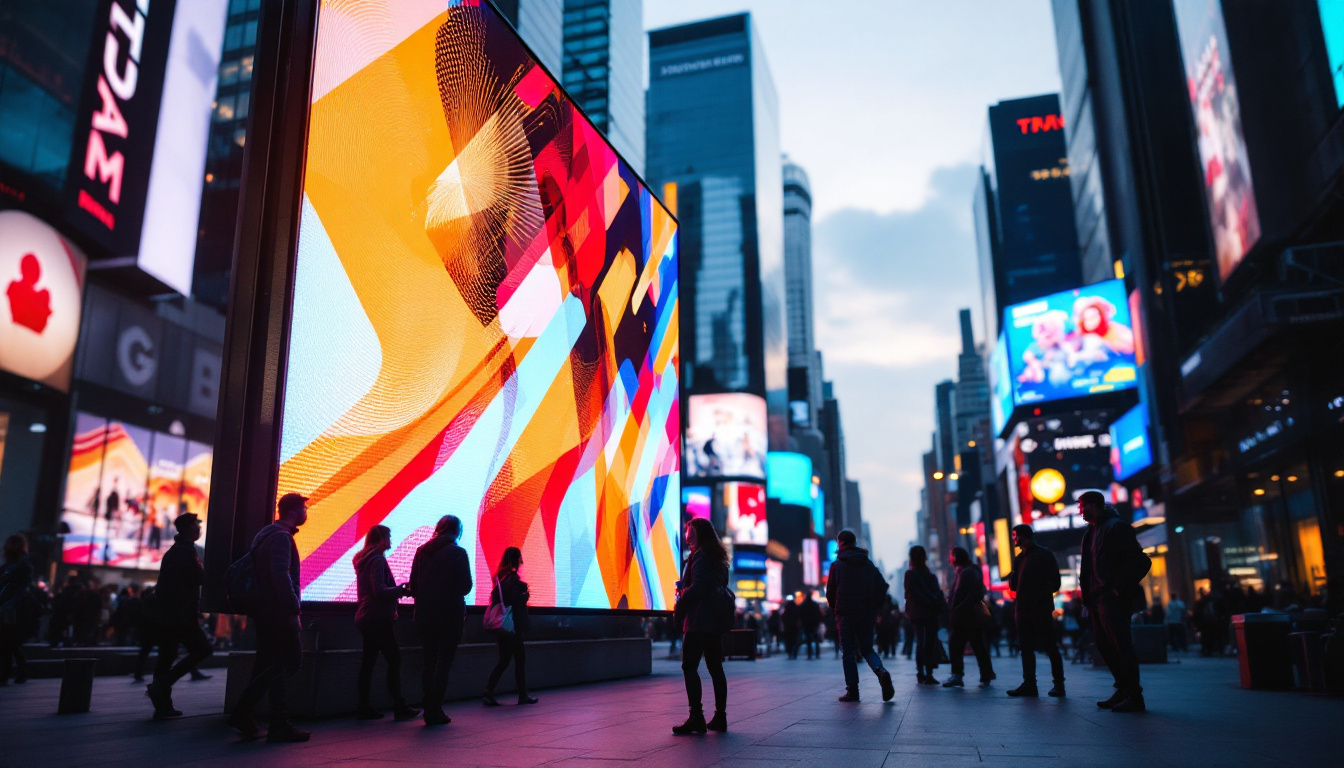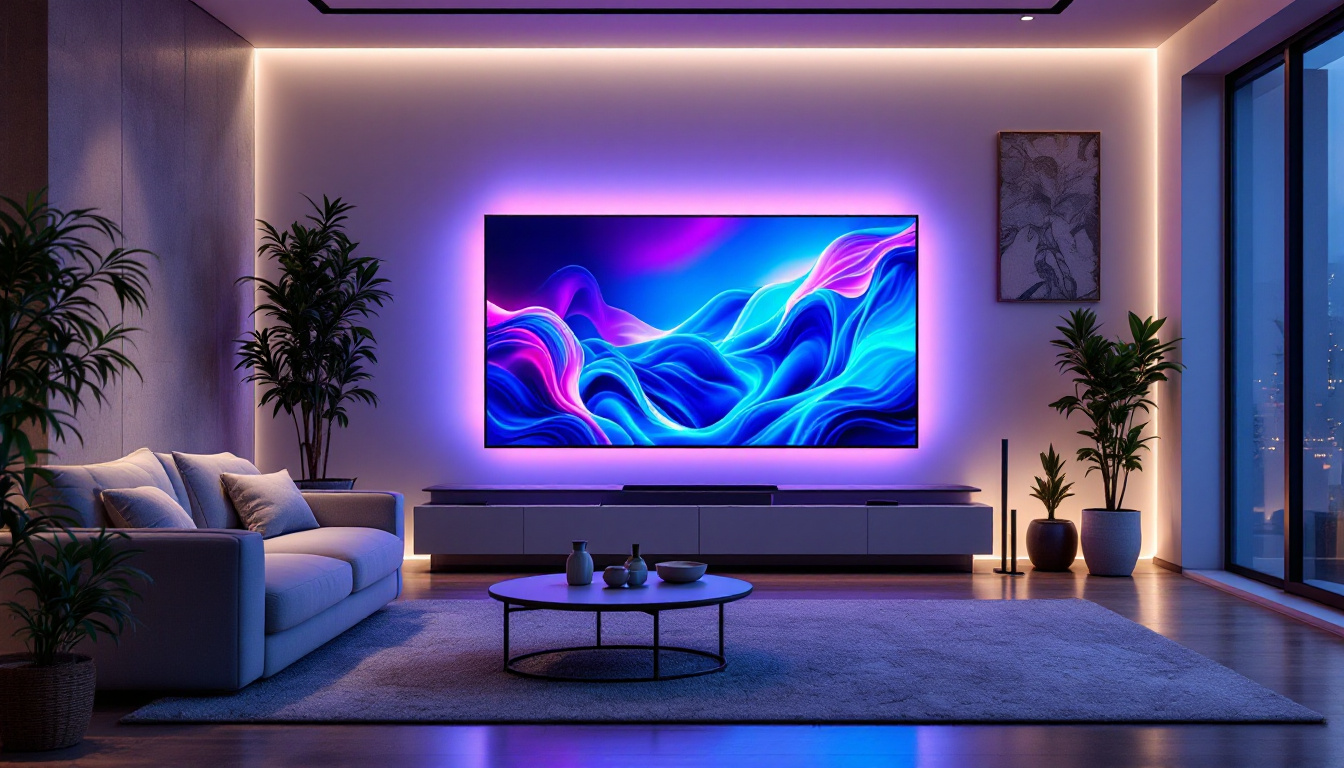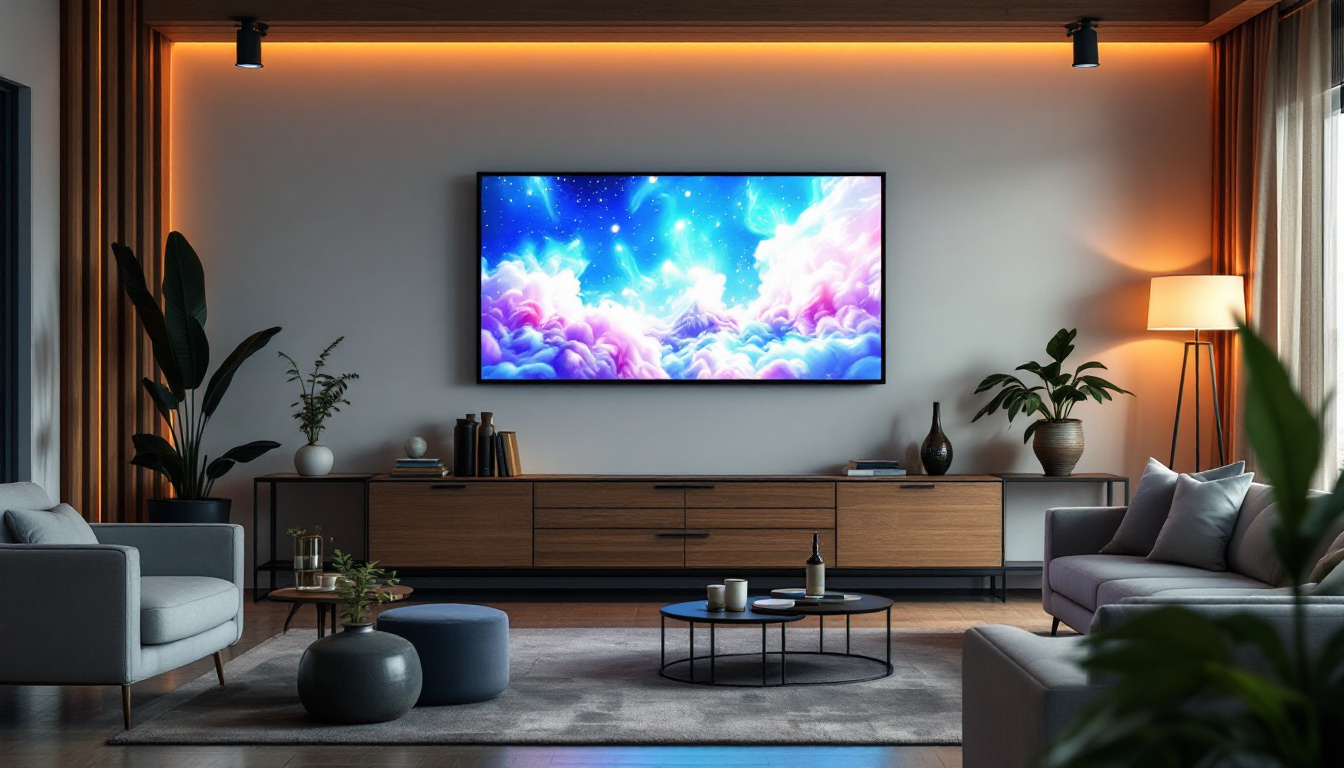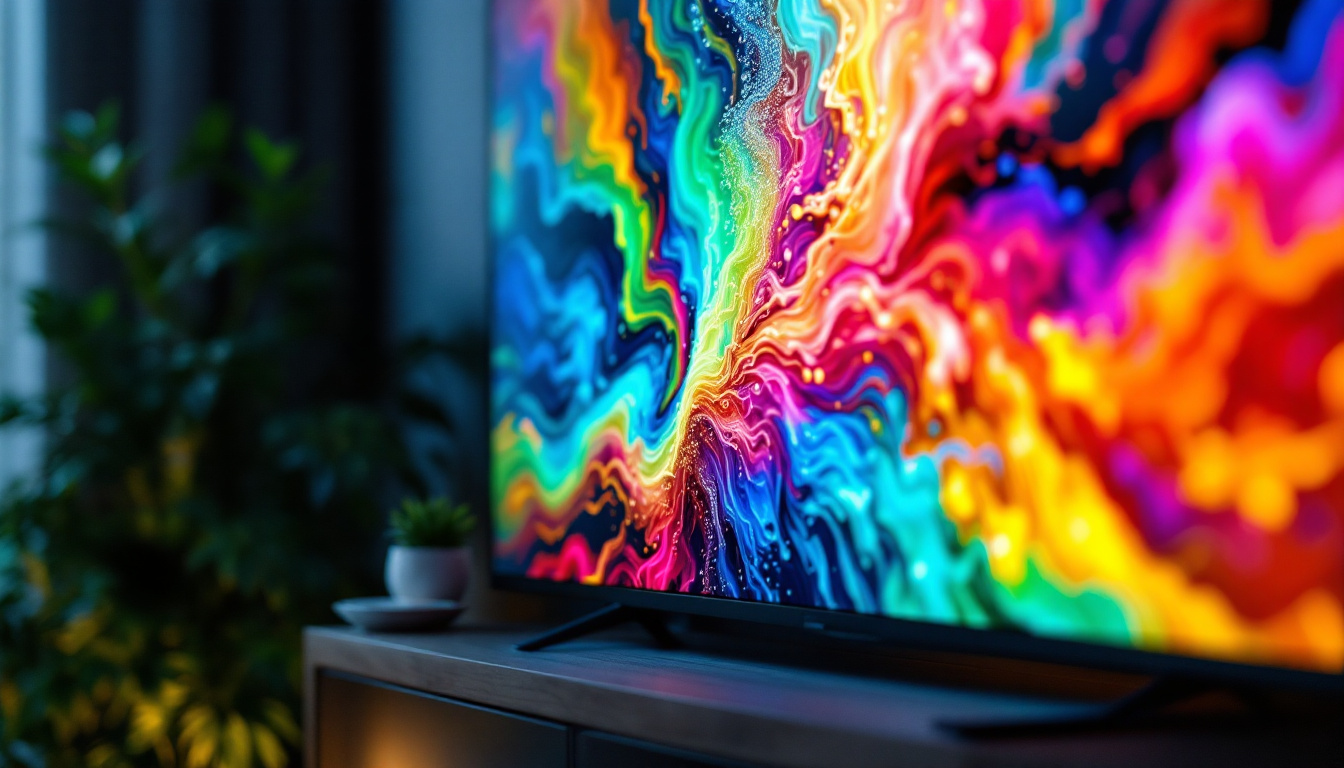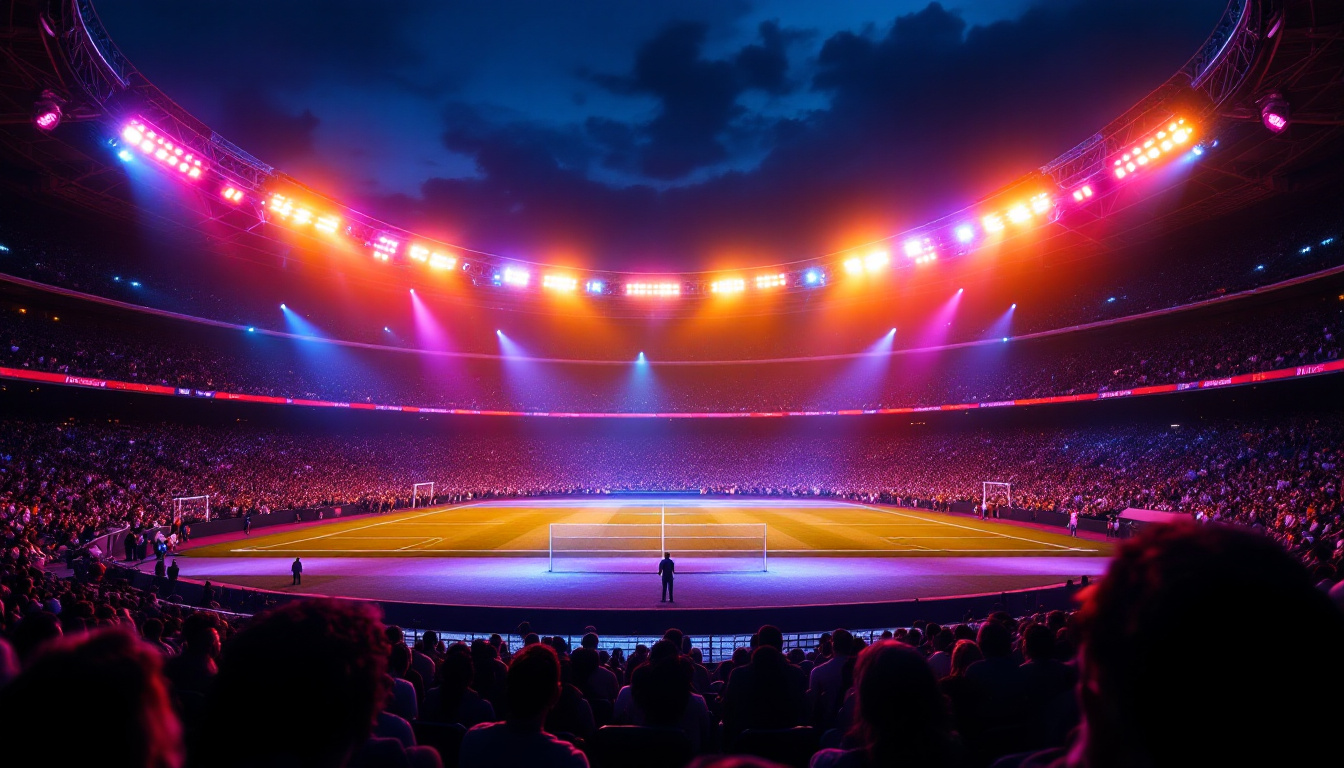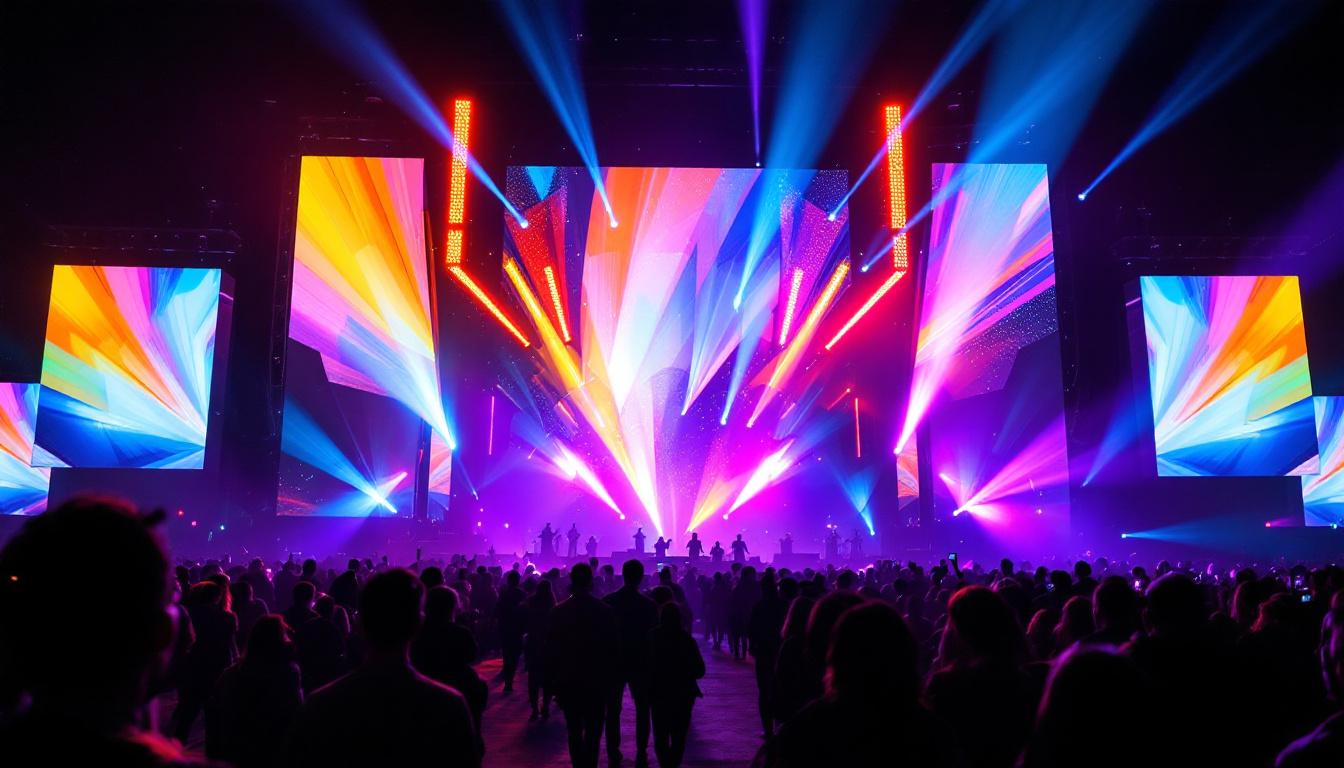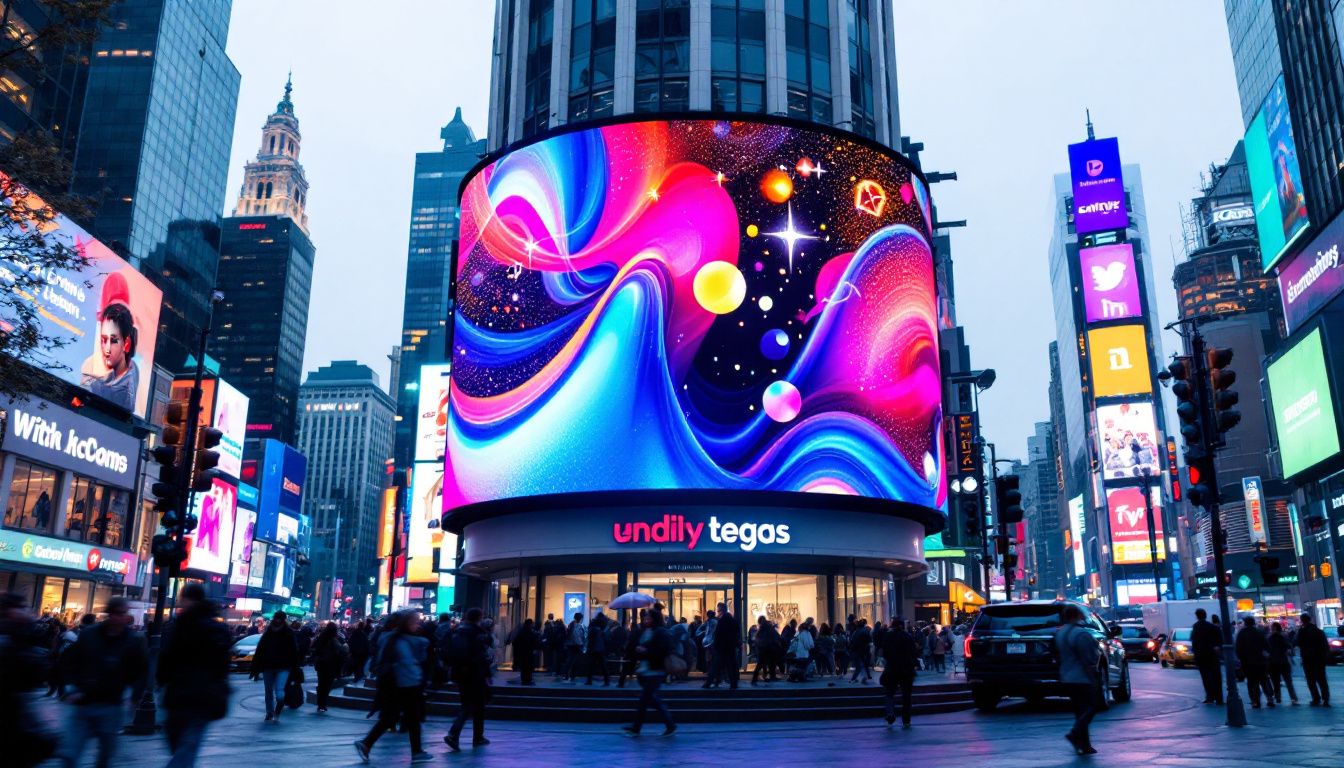In the realm of modern lighting solutions, media wall lights have emerged as a popular choice for both residential and commercial spaces. These innovative fixtures not only illuminate but also serve as dynamic canvases for visual storytelling. With the integration of LED technology, media wall lights offer unparalleled versatility and efficiency. This article delves into the intricacies of media wall lights, exploring their features, benefits, and applications.
Understanding Media Wall Lights
Media wall lights are specialized lighting fixtures designed to enhance visual displays, often utilized in settings such as retail environments, exhibition spaces, and even homes. These lights are typically equipped with LED technology, which allows for vibrant color reproduction and energy efficiency. The combination of light and digital content creates an engaging atmosphere that can captivate audiences. By strategically placing media wall lights, businesses can draw attention to specific products or areas, effectively guiding customers through their space and enhancing the overall shopping experience.
What Are LED Displays?
LED displays are screens that use light-emitting diodes to produce images and videos. Unlike traditional display technologies, LED displays offer higher brightness levels, improved contrast, and greater energy efficiency. This makes them ideal for various applications, including advertising, entertainment, and information dissemination. The rapid advancements in LED technology have also led to the development of flexible displays, which can be curved or shaped to fit unconventional spaces, further expanding their usability in creative projects.
The versatility of LED displays is evident in their ability to be configured in various shapes and sizes. From large-scale video walls in stadiums to smaller installations in boutique stores, the adaptability of LED technology allows for creative freedom in design. Additionally, these displays can be used in outdoor environments, providing high visibility even in direct sunlight, which is crucial for attracting foot traffic in busy urban areas.
Key Features of Media Wall Lights
Media wall lights come equipped with several features that set them apart from conventional lighting solutions. One of the most notable features is their ability to display dynamic content. This can include promotional videos, live feeds, or artistic visuals that change according to the time of day or specific events. The capability to synchronize lighting effects with audio or other multimedia elements can create an immersive experience that resonates with viewers, making events more memorable.
Another significant feature is the integration of smart technology. Many media wall lights can be controlled remotely, allowing users to adjust brightness, color, and content with ease. This level of control enhances the user experience and enables real-time updates, making them a valuable tool for businesses. Furthermore, with the rise of IoT (Internet of Things), media wall lights can be programmed to respond to environmental cues, such as adjusting their brightness based on the ambient light levels in the room, ensuring optimal visibility and energy efficiency at all times.
The Benefits of Using Media Wall Lights
Incorporating media wall lights into a space can yield numerous advantages. From enhancing aesthetics to improving engagement, these fixtures are a worthwhile investment for many environments.
Enhanced Aesthetics
Media wall lights can transform any space into a visually striking environment. By combining light with digital content, these fixtures create an immersive experience that can captivate viewers. Whether in a retail store showcasing products or in a gallery displaying artwork, the dynamic nature of media wall lights draws attention and enhances the overall aesthetic appeal.
Moreover, the ability to customize content allows businesses to tailor their messaging and branding. This personalization helps create a unique atmosphere that resonates with customers and visitors alike.
Increased Engagement
One of the primary benefits of media wall lights is their capacity to engage audiences. In commercial settings, dynamic displays can capture the attention of passersby, encouraging them to stop and interact with the content. This increased engagement can lead to higher foot traffic and, ultimately, increased sales.
In addition, media wall lights can be used to convey important information in real-time. For instance, in a corporate environment, these lights can display announcements, schedules, or even live social media feeds, keeping employees and visitors informed and engaged.
Applications of Media Wall Lights
The versatility of media wall lights makes them suitable for a wide range of applications across various industries. From retail to hospitality, these fixtures can be adapted to meet the specific needs of different environments.
Retail Spaces
In retail environments, media wall lights serve as powerful marketing tools. They can showcase products, highlight promotions, and create an immersive shopping experience. By displaying dynamic content, retailers can capture the attention of potential customers and encourage them to explore the store further.
Additionally, media wall lights can be used to create thematic displays that align with seasonal promotions or brand campaigns. This adaptability allows retailers to keep their visual merchandising fresh and exciting.
Hospitality Industry
In the hospitality sector, media wall lights can enhance the ambiance of hotels, restaurants, and event spaces. These fixtures can be used to create mood lighting, showcase art, or display information about events and promotions. The ability to change content quickly makes media wall lights an excellent choice for venues that host a variety of events.
Furthermore, in lobbies and reception areas, media wall lights can serve as focal points that welcome guests and set the tone for their experience. By incorporating visually appealing content, hospitality businesses can leave a lasting impression on their visitors.
Choosing the Right Media Wall Lights
When selecting media wall lights for a specific application, several factors should be considered to ensure the best fit. Understanding the environment, desired functionality, and budget are essential steps in the decision-making process.
Assessing the Environment
The first step in choosing media wall lights is to assess the environment where they will be installed. Factors such as available space, lighting conditions, and the intended audience play a crucial role in determining the appropriate size and brightness of the display.
For instance, a large retail space may require a more substantial display to ensure visibility from a distance, while a smaller boutique may benefit from a more intimate setup. Additionally, understanding the ambient lighting conditions can help in selecting the right brightness level for the LED display.
Determining Functionality
Another critical consideration is the functionality of the media wall lights. Depending on the intended use, different features may be necessary. For example, a retail store may require the ability to update content frequently, while a gallery may prioritize color accuracy and resolution.
Evaluating the specific needs of the space will help guide the selection process. It is essential to choose media wall lights that offer the required features and capabilities to achieve the desired outcome.
Installation and Maintenance
Proper installation and maintenance are vital for ensuring the longevity and performance of media wall lights. Understanding the installation process and the necessary upkeep can help maximize the investment.
Installation Process
The installation of media wall lights typically involves mounting the display securely and connecting it to power and data sources. Depending on the complexity of the setup, it may be beneficial to hire a professional installer with experience in LED technology.
Additionally, ensuring that the display is positioned correctly to maximize visibility is crucial. Factors such as viewing angles and height should be considered during the installation process to achieve optimal results.
Maintenance Considerations
Maintaining media wall lights involves regular cleaning and software updates. Dust and debris can accumulate on the display, affecting image quality. Therefore, routine cleaning is essential to keep the display looking its best.
Moreover, software updates may be necessary to ensure that the media wall lights function correctly and efficiently. Staying informed about the latest developments in LED technology can help users take full advantage of their media wall lights.
Future Trends in Media Wall Lights
As technology continues to evolve, the future of media wall lights looks promising. Innovations in LED technology and smart systems are paving the way for even more dynamic and interactive displays.
Advancements in LED Technology
Future advancements in LED technology are expected to enhance the capabilities of media wall lights significantly. Improvements in resolution, color accuracy, and energy efficiency will allow for even more stunning visual displays. Additionally, the development of flexible LED panels will enable creative installations that were previously unattainable.
As LED technology becomes more accessible, the cost of media wall lights is likely to decrease, making them a viable option for a broader range of applications. This democratization of technology will open new avenues for businesses and individuals alike.
Integration with Smart Technology
The integration of smart technology into media wall lights will further revolutionize their use. Features such as voice control, automated content scheduling, and real-time data integration will enhance user experience and functionality.
As the Internet of Things (IoT) continues to grow, media wall lights will likely become part of interconnected systems that allow for seamless communication between devices. This integration will enable users to create cohesive environments that respond to their needs and preferences.
Conclusion
Media wall lights represent a significant advancement in lighting technology, offering a unique blend of illumination and visual display. Their versatility, coupled with the benefits of LED technology, makes them an attractive option for various applications across industries. By understanding the features, benefits, and considerations associated with media wall lights, businesses and individuals can make informed decisions that enhance their spaces.
As technology continues to evolve, the potential for media wall lights will only expand, paving the way for innovative and engaging experiences. Whether in retail, hospitality, or any other sector, the integration of media wall lights can transform environments and captivate audiences, making them an essential component of modern design.
Illuminate Your Space with LumenMatrix
Ready to elevate your environment with the latest in LED display technology? LumenMatrix is at the forefront of creating immersive visual experiences that captivate and engage. From vibrant Indoor and Outdoor LED Wall Displays to innovative solutions like Vehicle LED Displays and LED Transparent Displays, our products are designed to revolutionize the way you communicate visually. Discover the perfect LED display to match your unique needs and transform your space into a dynamic, engaging area. Check out LumenMatrix LED Display Solutions today and step into the future of visual storytelling.

